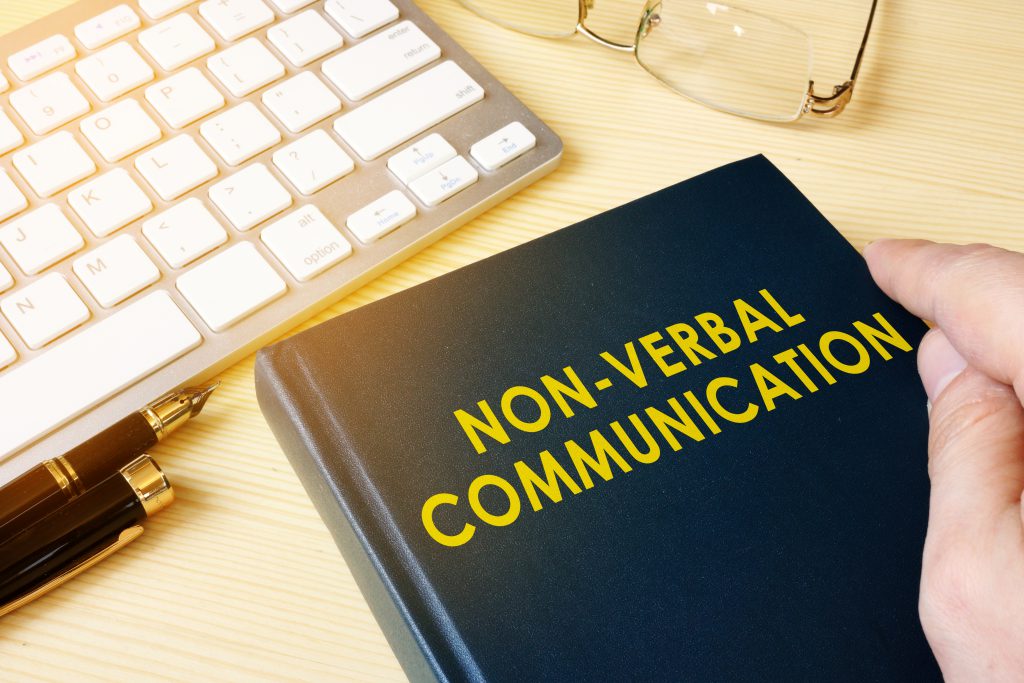Contributors
Sales have always been seen as a social endeavor – the salesperson uses language and other communication skills to persuade the client that their product, service, or company is worth the investment. Communication skills are known to be a gift you either have or you don’t.
Why is it then, according to data by the Aragon Research Institute, that 80% of the leads still don’t make it past the prospect stages?
Even when leads make it further in the process to a sales pitch – they have equally bad conversion rates, with over 50% of sales failing to close. With numbers like these, it’s apparent that sales aren’t quite as straightforward as we once thought.
Considering sales have 3 times the employee turnover than any other related department, it’s time we take another approach. Instead of looking for people with the ‘gift’ of communication – we should focus on developing our team’s skills in other aspects.
The development of communication intelligence, language analysis, and non-verbal understanding has shifted sales into a new era
The rise of new technologies is providing new pathways of sales training, allowing deal-makers to train to become better at converting. These technologies focus on non-verbal communications as a catalyst to successful conversions, using data and evidence to turn communication into a teachable skill.
The development of communication intelligence, language analysis, and non-verbal understanding has shifted sales into a new era – one that’s motivated by facts, instead of an untrainable and intangible ‘communication’ skill.
What was once considered an art form has now, through the power of technology, begun to convert into a science. Learning more about the non-verbal aspects behind communication can lead your sales team to boost conversions, drive company progress, and help to develop their skills of negotiation.
What Is Non-Verbal Communication?
Albert Mehrabian, a leading innovator of body language research, concluded that communication goes far beyond the spoken word. In fact, only 7% of interaction interpretation is derived through words, with an unconscious emphasis being placed on nonverbal movement and vocal intonation.
The “7%-38%-55% Rule”, coined by Mehrabian, puts numbers to this phenomenon, determining that 55% of communication comes from nonverbal movement, 38% from vocal changes, and only 7% from the words one says.
Considering that sales are the art of persuading one person to buy or invest in a product or service, communication strategy is at the forefront of this practice. If you’re looking to improve your negotiation skills, form connections with your audience, and secure your next big deal, then it’s time to start looking towards non-verbal communication as a vital skill to develop.
Mehrabain’s research reveals to the world of business that deals are made or lost due to subtle non-verbal influences
How Technology is Changing Sales?
Over the past several years, the development of SalesTech tools has focused on making the sales process as easy as possible. From lead databases and CFM to meeting and product demo tools, there is a range of businesses that help with everything around the sales process. Yet, until recently, technology that actually focused on the sales process was lagging behind.
The soft skill of communication is vital for a salesperson to develop. However, without proper direction and training, many are often left in the dark about how to actively improve their own skills. This all changed with the arrival of Conversation Intelligence, also known as the CI industry. CI ,as defined by G2 “records, transcribes, and analyzes sales calls to identify keywords and topics of conversation.”
Body Language Analysis Is Revolutionizing Sales
Going beyond base sales tools, the incorporation of body language and tone analysis into conversation intelligence provides an incredible way of breaking down communication. These technical developments are invaluable to the sales industry, allowing sales to transform from a soft and intangible skill into something factual.

With an analytical background that uses real-time interaction analysis technology, SubStrata is one of the first companies that uses deep learning technology to analyze non-verbal dynamics. Instead of only focusing on words, Substrata allows deal-makers and entrepreneurs to understand the base subtleties of language.
“In a nutshell, SubStrata’s Real Time Interaction Intelligence Engine focuses on non-verbal cues as the main source of data for the deciphering of “true meaning”. In an email, the analysis takes every type of available data and meta-data into account. In conference calls, it focuses on tonality (prosody). In the near future, various aspects of body language will be added (kinesics),” explains Manor.
From email communication to verbal analysis and a full body-language breakdown, SubStrata aims to turn communication into a concrete set of data that can be reacted to in order to actively improve sales and dealmaking skills.
Final Thoughts
With an impressive selection of real-time linguistic and body language analysis, new tools in communication technology are driving the sales industry. Radically transforming what was once seen as a fixed art, linguistic and paralinguistic analysis is changing the way business is conducted.
From sales pitches to negotiations, every deal-maker in the industry looking to improve their craft should be taking note of the power of non-verbal communication.
Omri Hurwitz is a marketing and media expert who advises leading High-Tech companies. In addition, He writes for several Media channels and has a podcast that covers the subjects of technology, entrepreneurship, and more.
Forbes Israel Contributors are independent writers that were individually picked by Forbes staff. The writers are experts in their field and they provide professional commentary and analysis of current events. The content is unsponsored.





